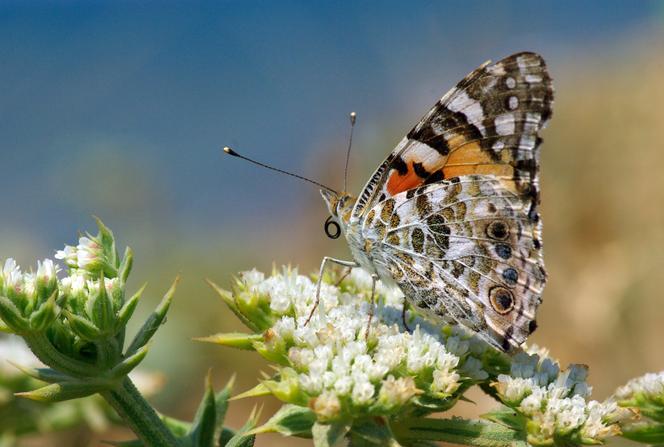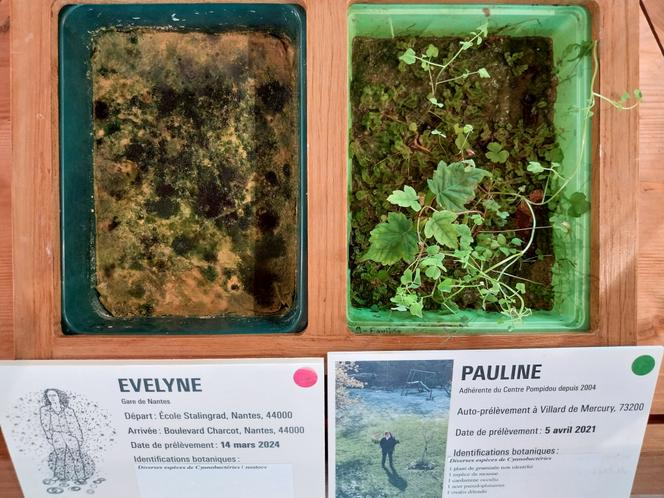


From animals to plants, our diversity has been built, nurtured and maintained by population movements. Migrants are everywhere, often despite themselves. On both sides of the Atlantic, they monopolize election campaigns, flood social media and saturate airwaves. But this autumn, they are also occupying exhibition spaces. No fewer than five museums have included them in their program – the Musée de l'histoire de l'immigration, of course, but also the Musée de l'homme in Paris, the MuCEM in Marseille and the Louvre-Lens. Human migration, first and foremost. The Botanical Garden and Museum in Bordeaux, on the other hand, have decided to "zoom out" and show that this phenomenon is consubstantial with all living things.
When it comes to animals, this is almost self-evident. As soon as you enter the temporary exhibition space in the basement of the museum, you are greeted by a magnificent Black Kite and a delicate Swift, a reminder of the extent to which bird migration sets the pace for our seasons. On the banks of the Garonne, the former lands in mid-February, ahead of all other birds, an early herald of the winter's end. The second touches down two months later, just as the people of Bordeaux are settling onto their terraces. Every week, sometimes every day, a new species arrives or flies off. Over the course of a year, some 50 billion birds migrate. Migrants or migrators?


Throughout the 450-square-meter exhibition, naturalized specimens answer a series of questions. Who migrates? It may be an individual, such as the extraordinary European eel, which makes the immense round trip from the Sargasso Sea in the Caribbean to our rivers in the course of its life. Conversely, six generations of the painted lady butterfly follow one another throughout the year to complete the loop between Europe and Africa. Epic journeys of 6,000 kilometers for reindeer and leatherback turtles, and just a few kilometers for hares and snapping turtles.
Why migrate? In search of food, as do Thomson's gazelles, wildebeests and zebras, which cross the Serengeti in Tanzania to graze on new grass, followed by cheetahs in search of fresh meat. But also to gather and reproduce, find an ideal environment for their young and escape an unfavorable climate or demographic pressure. Migrations of a lifetime, annual migration, or even daily migration in the water column, like zooplankton.
But it is on the other bank of the Garonne, in the Botanical Gardens, that the greatest surprises await. The presentation is more modest. But plants, reputed to be sedentary, clearly also migrate.
You have 31.22% of this article left to read. The rest is for subscribers only.
